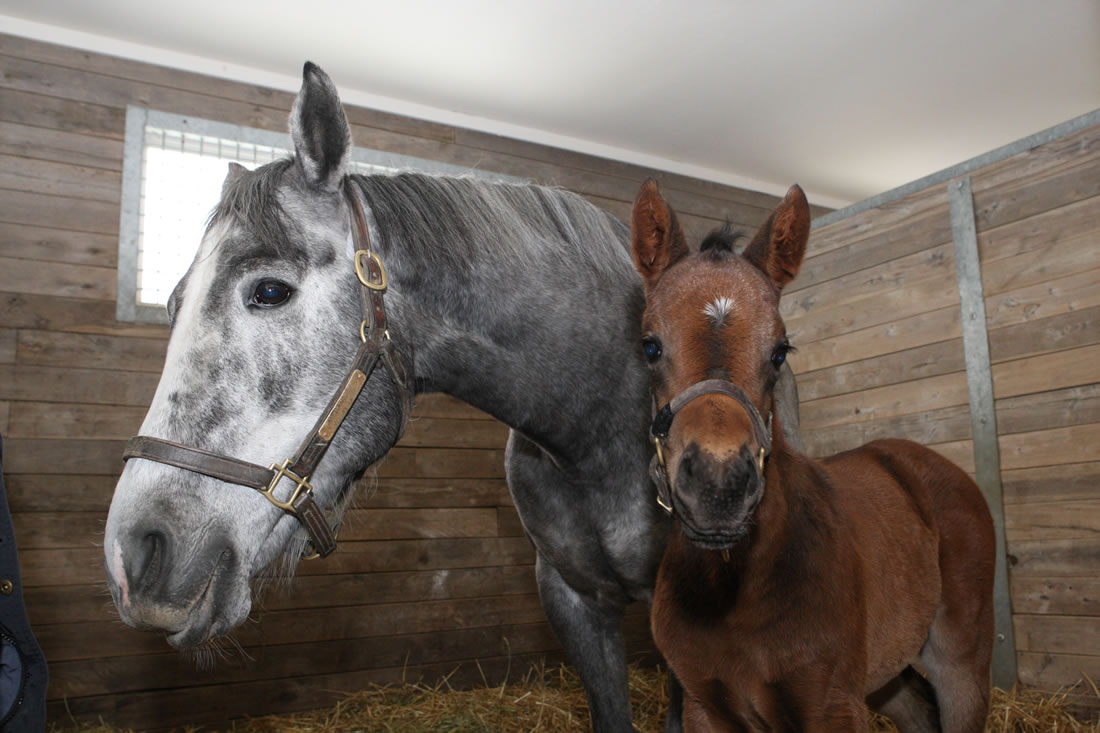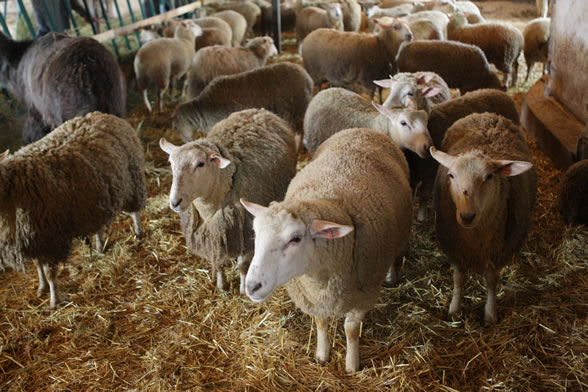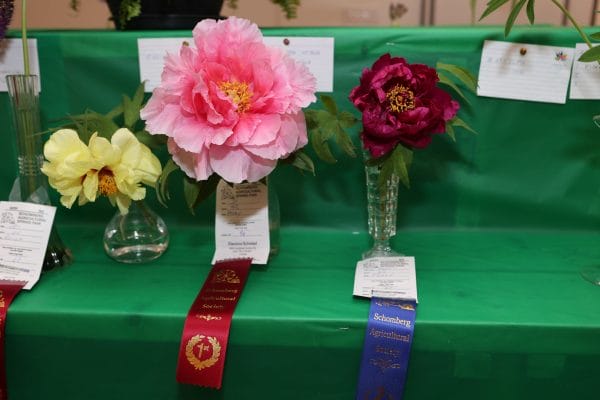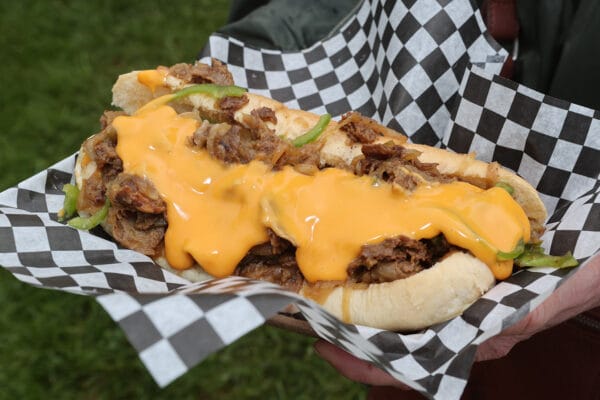Farm Tour theme is “Home of Champions”
Saturday March 10th, 2012
10:00am to 3:00pm
$10 per car
(no dogs please)
Tickets available a week before at:
- Schomberg Rona Cashway
- Schomberg Farm & Garden Supplies
- Richvale Saddlery, Hwy 9, Schomberg
- Brownsville Guardian Drugs
- Nobleton Feed Mill
- Tottenham Feed Service
- Tottenham Home Hardware
- Maple Farm Supplies, Bolton
Tickets can be purchased on the day of the tour at the Community Hall, Main Street Schomberg. A light lunch will also be served. Free Sleight Rides on the Fairgrounds (Weather permitting)
Contact: Janet at 905-859-0834
The tour consists of three amazing farms! Guess where the tour will be this year?
Farm Tour Facts
Dairy Cattle
• A cow is a mature female and a bull is an adult male of the bovine family.
• A heifer is a young female cow that hasn’t had a calf yet. A cow can’t produce milk until she has had a calf.
• Cows don’t bite because they have no upper front teeth. Instead they have a thick, tough pad of skin on their top jaw. They curl their very large tongue around the grass and feed they eat.
• Humans and cows have the same gestation period which is about nine months.
• One cow produces from 200,000 to 350,000 glasses of milk in her lifetime.
• Cows have almost total 360 degree panoramic vision and are able to see colours, except red.
• Cows drink anywhere from 25 to 35 gallons of water each day – equal to a bathtub filled with water and eat about 40 to 50 pounds of feed per day.
• Cows are ruminants or cud-chewing mammals. Each day a cow spends 6 hours eating and 8 hours chewing her cud.
• You have probably heard that a cow has four stomachs. Not true. A cow has only one stomach which contains four digestive compartments: the rumen, reticulum, omasum and abomasum.
• It takes 21.2 pounds of whole milk to make one pound of butter and it takes 12 pounds of whole milk to make one gallon of ice cream.
Thoroughbreds

• The Thoroughbred originated in 17th century in England.
• Many breeds allow horses to be registered if the foal was a product of artificial insemination, however to register a Thoroughbred horse with the Jockey Club, the foal must be a result of a live breeding.
• The modern Thoroughbred is bred to mature at an early age because the prime racing years are at 2 and 3 years old. All horses who run in the Queens Plate are 3 year old Thoroughbreds.
• Thoroughbreds are extremely athletic and energetic, causing them to be the most popular breed for sport horse competition. They dominate the racing industry, and are top competitors in show jumping, dressage, and eventing. They tend to be “hot” horses, meaning they are energetic and can be a lot to handle and generally, not for the beginner or inexperienced rider. They are referred to as a Hot blooded breed.
Percherons
• Percheron Horse originated in France and is known as a “cool” horse because of its temperament and is therefore referred to as a Cold blood.
• A Percheron horse is known as a great pet, can be used and seen in horse pulls, in a hitch where they pull a wagon for show or advertising, sleigh rides, logging, weddings, wagon rides, or under saddle.
• Often a Percheron horse is crossed with a Thoroughbred to produce a horse used for jumping, eventing, or dressage etc.. This crossbred is referred to as a Sport horse or a Warm blood.
• You can tell how old a horse is by their teeth, and quite often a horse needs maintenance work on their teeth.
• Foals (baby horses) are on their feet shortly after birth, and able to run within hours.




